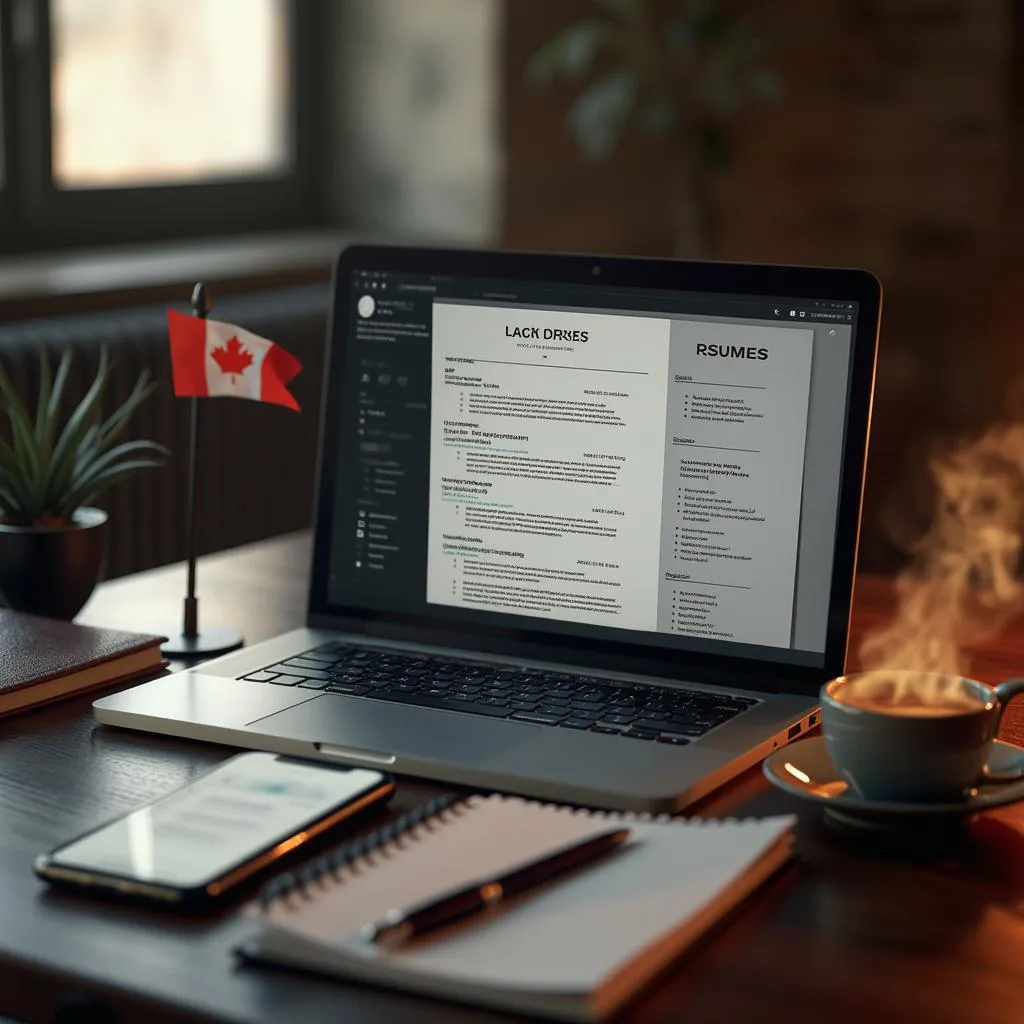Resume Writing Tips for New Canadians
Moving to Canada and entering its job market can be both exciting and challenging. One of the first steps to securing employment is creating a resume that aligns with Canadian expectations. A well-crafted resume is essential for making a strong impression on potential employers and increasing your chances of landing an interview.
Canadian employers value resumes that are clear, concise, and tailored to the specific job role. This guide provides key tips and best practices for writing an effective resume as a newcomer to Canada.
Understanding the Canadian Resume Format
Canadian resumes share similarities with American resumes but have distinct features that matter to local employers. The most commonly used format is the reverse chronological resume, which lists your most recent work experience first and works backward. This style is ideal for showcasing career progression and is particularly effective if you have over a decade of experience.
Choosing a modern, professional template is crucial for visual clarity. A clean design enhances readability and helps you make a strong first impression with hiring managers.
What to Include in Your Resume
Your resume should begin with a well-organized header. Include your name, job title, phone number, professional email (preferably Gmail or Outlook), and a link to your LinkedIn profile. List only your city, not your full address, and ensure all details match your professional records and online profiles.
In Canada, photos are generally not included on resumes unless specifically requested for roles where appearance is a job requirement, such as modeling or acting. Including a photo for other jobs may appear unprofessional to Canadian employers.
Formatting and Layout Tips
Align all text to the left and use standard fonts sized between 10 and 14 points for a clean, organized appearance. Avoid boldface, underlining, or italicizing text unnecessarily, as this can distract from the content.
Present information using bullet points, especially in the experience and skills sections, to make it easy for recruiters to scan your resume quickly.
Highlighting Experience and Skills
For recent graduates or those without Canadian work experience, it’s important to include part-time jobs, volunteer roles, internships, or summer work. Employers want to see practical involvement, not just full-time professional roles.
List each position with the company name, location, your job title, and the dates of employment. Under each, provide a bulleted list outlining your responsibilities and, more importantly, achievements. Quantify achievements where possible, such as, “Increased website traffic by 92% over 12 months through digital marketing strategy.” This demonstrates your impact in measurable terms.
Include a skills or qualifications section with relevant abilities, such as language proficiency, technical skills, or software expertise, tailored to the position you are applying for. Use Canadian terms (like “high school”, “GPA”, “internship”) for better recognition.
Showcasing Authenticity and Customization
Go beyond generic descriptors. Instead of simply writing “Strong team player,” give a specific example: “Organized weekly brainstorming sessions to encourage open dialogue, enabling team members to share ideas and collaborate freely.” This kind of detail shows authenticity and provides evidence for your skills.
Tailor your resume for each job application. Carefully read the job description and mirror its language in your resume. For example, if a posting seeks a “marketing specialist with experience in analytics,” specify how you have used analytics in your previous roles, such as, “Revitalized engagement with 10,000 inactive users by launching a targeted email campaign informed by Google Analytics insights, resulting in a 40% increase in re-engagement.”
Other Practical Tips
Use action-oriented language in your bullets, starting with strong verbs like “developed,” “managed,” “implemented,” or “led.”
Avoid lengthy paragraphs. Stick to concise, impactful sentences.
When describing education or work experience from outside North America, convert qualifications and terminology to Canadian equivalents where possible.
By following these guidelines—focusing on format, clarity, quantifiable results, authentic examples, and tailoring for each application—new Canadians can create resumes that meet employer expectations and improve their chances of success in the Canadian job market.
Conclusion
Creating a resume tailored to Canadian standards is a crucial step for new Canadians entering the job market. By understanding the preferred format, highlighting relevant experience, and showcasing skills with authenticity, you can significantly improve your chances of securing an interview. Remember to customize your resume for each application, use action-oriented language, and quantify your achievements where possible. With these strategies, you’ll be well-equipped to present yourself effectively to Canadian employers and take a confident step toward your career goals in Canada.
Frequently Asked Questions
How should I present my international work experience on a Canadian resume?
Include your international work experience in the reverse chronological format. Convert foreign job titles and qualifications to their Canadian equivalents, and quantify achievements using measurable outcomes (e.g., “Managed a team of 15 employees”).
What if I don’t have Canadian work experience?
Highlight any relevant experience, such as internships, volunteer roles, or part-time jobs. Emphasize transferable skills and achievements. If applicable, include international experience but adapt it to Canadian terminology and standards.
Should I include volunteer work on my resume?
Yes, especially if you lack Canadian work experience. Volunteer roles demonstrate practical involvement and can showcase skills and responsibilities similar to paid positions.
How long should my resume be?
Keep your resume to one page if you have less than 10 years of experience. For more experienced professionals, two pages are acceptable, but ensure all content is relevant and concise.
Should I include keywords from the job description?
Yes, incorporate relevant keywords from the job posting to align your resume with the employer’s requirements. This improves your chances of passing through applicant tracking systems (ATS).
Is it professional to include a photo on my resume in Canada?
Generally, no. Canadian employers typically do not expect photos on resumes unless the job specifically requires it (e.g., acting or modeling roles). Omitting a photo is considered more professional in most cases.



